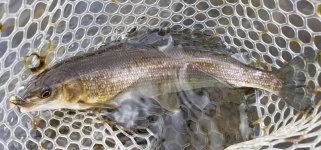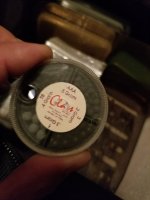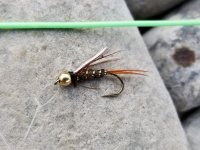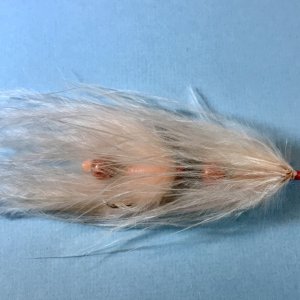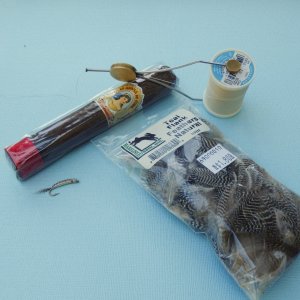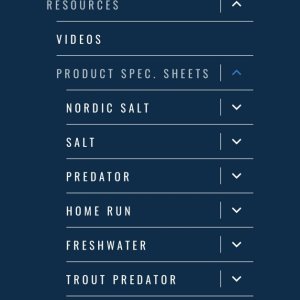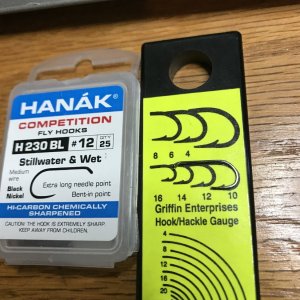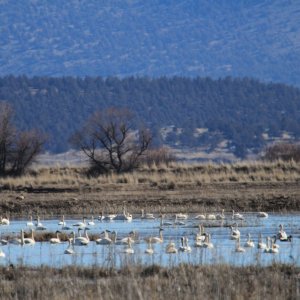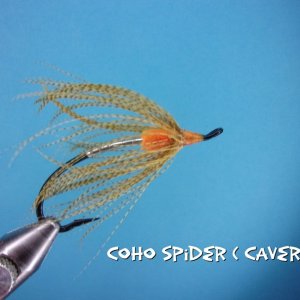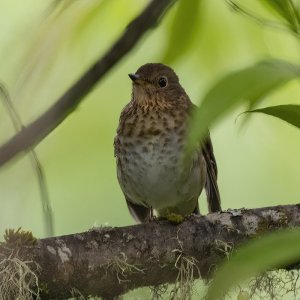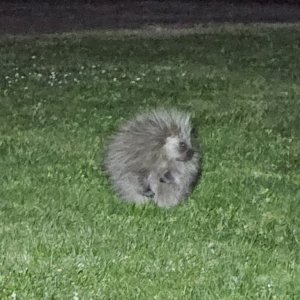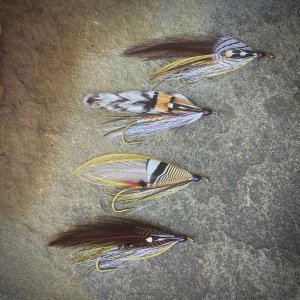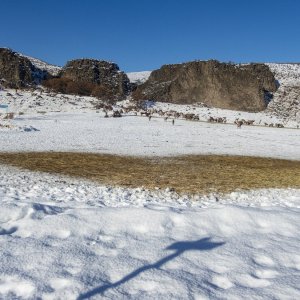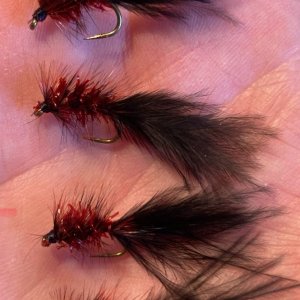Last winter instead of chasing steelhead I decided I would target whitefish. I had read about them so had some book learning, but in all my fishing I can't ever recall catching them. I figured winter would be a good time to target them as they tend to school and spawn in late fall and are known to hold together in large groups during the winter. In February I got my first two in the same pool. In my last couple outings I have been fortunate to catch a few. The other day I caught redbands, whitefish and a bull (by-catch and not to be pursed on purpose) all about the same size. I find the whitefish to be a fine fighter, cool looking in it's own way, and worthy to pursue, so as per the other conversation I'll get something started.
When I have found them, now fall and winter, it has been in large pools with structure like boulders.
I have to be deep at the bottom, otherwise I seem to get a trout, usually smaller.
I've been using a traditional 6 wt, mostly casting the weighted nymphs upstream and dead drifting, or swinging them into a soft spot and holding them there.
So far I have caught them on a beadhead hares ear, beadhead prince nymph, and one on a copper john.
I got some on size 8 hooks, but it looks so big in the fishes mouth. I downsized to 12, but that looks a bit big. A 10 prince nymph and 14 copper john worked. So I think I need smaller flies?, but how to get down, sink tip, drop shot rig (gross)? I saw a couple noses so I tied on a size 18 Griffiths gnat hopefully, but that fly seems so damn small! It did find tiny trout.
I have no clue where they are all summer?
I could really use some help from our knowledgeable group in my pursuit, and maybe some others will try it as well. Lets give the whitefish some love and respect it as the fine gamefish it is.
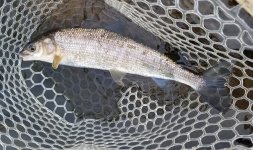
When I have found them, now fall and winter, it has been in large pools with structure like boulders.
I have to be deep at the bottom, otherwise I seem to get a trout, usually smaller.
I've been using a traditional 6 wt, mostly casting the weighted nymphs upstream and dead drifting, or swinging them into a soft spot and holding them there.
So far I have caught them on a beadhead hares ear, beadhead prince nymph, and one on a copper john.
I got some on size 8 hooks, but it looks so big in the fishes mouth. I downsized to 12, but that looks a bit big. A 10 prince nymph and 14 copper john worked. So I think I need smaller flies?, but how to get down, sink tip, drop shot rig (gross)? I saw a couple noses so I tied on a size 18 Griffiths gnat hopefully, but that fly seems so damn small! It did find tiny trout.
I have no clue where they are all summer?
I could really use some help from our knowledgeable group in my pursuit, and maybe some others will try it as well. Lets give the whitefish some love and respect it as the fine gamefish it is.

Attachments
Last edited:

